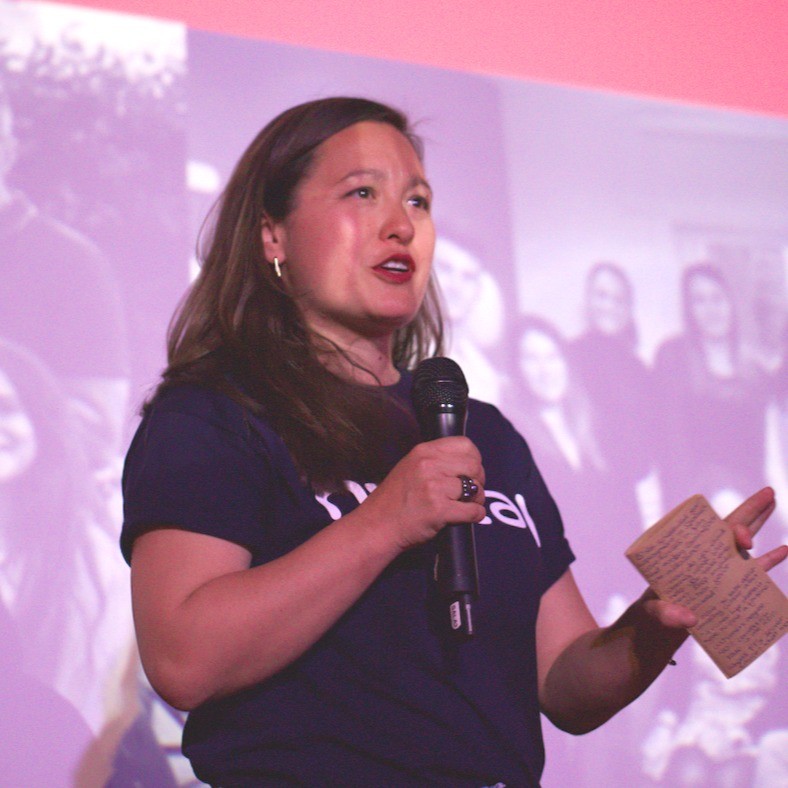From guesswork to insights: Flying Tiger Copenhagen Spain enhances merchandising decisions to delight customers
In this Q&A, Flying Tiger Copenhagen Spain CEO Diego Andériz, explains the success behind the global retailer and how data-driven merchandising decision-making and insights help them curate the customer-centric assortments that delight customers everyday.
Discover the top 5 priority themes in retail tech investments, as revealed by leaders from Tendam, AWWG and other major retailers.
How have you seen Flying Tiger Copenhagen Spain evolve over time?
I initially joined Flying Tiger Copenhagen Spain as director of Operations in 2015 and was appointed CEO in 2017. Initially, my task was to establish processes to enable the company to grow.
In those early days, we sourced our products from a Danish warehouse, which had a lead time of 21 days. Even before the opening day of our first store, we had to place our first replenishment order without having sold anything. This meant making choices based on limited demand information and knowing that 21 days after we opened our doors for the first time, 18 pallets of products would arrive, and we had to figure out how to fit them into the store.
We didn’t have much knowledge about the products beyond being customers ourselves. We tried and loved the products, but now we had to run a store and make merchandising decisions about what to offer. However, when it came to selecting the product assortment, it was a guessing game, doubling up on certain products without being entirely sure if it was the right choice in the first place.
We often learned the importance of these merchandising decisions the hard way. We would get excited about certain products, thinking they were perfect, only to realize that our perception was not always inline with that of the customers’, which taught us a lot about human bias and the need to drive decision-making with data.
Integrating data and processes has become key to our success. Now we are able to retain a creative flair in our products but channel it into areas that would truly benefit the business, rather than relying on intuition when selecting products. This maturation process has shaped our approach and brought us to where we are today, and I’m happy to say that all 118 Flying Tiger España stores are profitable.
What’s the secret to Flying Tiger Copenhagen’s 40% conversion rate?
I believe the “secret” behind the success is the creativity of our products themselves, a great store experience, and how well we are able to understand our customers. People often visit Flying Tiger Copenhagen stores with no specific purchase intent, many just simply enjoy exploring and browsing our offerings.
The goal is to entice shoppers to pick up an object and engage with it and allow the product to speak for itself, conveying its appeal quickly and clearly through its design and packaging. Everything is designed to be accessible and touch-friendly.
Additionally, price should not be a deterrent. The price should not influence the decision-making process when a customer thinks, “I love this. Shouldn’t we give this to somebody? It would make a great gift.” The price should simply be a minor consideration. And that’s where our slogan of “A richer life doesn’t have to cost a fortune”, really shines through.
The store experience itself also plays a role. Creating a pleasant experience is crucial to us. So it’s about the music, It’s about the smile when you walk in. It’s about the experience you get from looking and engaging with the products. We want customers to enjoy the process of looking at and engaging with our products which is why stores are designed to have a “store queue” similar to what it’s like when you’re standing in line at a supermarket and you often come across items that you didn’t necessarily plan to buy but realize you need at that moment.
How do you ensure offerings that remain relevant to customers?
We invest a lot of effort into ensuring relevance with customers who include everyone from young children to grandparents, and to ensure that our product assortment evolves in response to their demand. Our approach is two-fold: through proactive marketing and data-driven approach to our merchandising decisions.
In terms of marketing, we closely analyze both conceptual trends and specific product trends to determine how our products can fit in and be effectively marketed. Our approach primarily focuses on social media, influencer collaborations, and engaging professionals who have credibility in specific areas. By aligning with trends and leveraging user-generated content, we aim to shape future buying behavior, generate meaningful conversation, and enhance customer engagement.
The Surprise Bag is a great example of how social media is helping us engage with customers. This bag, which has been one of the top 3 items sold in the past 3-5 years, contains several items which are actually remaining units of products that are below the minimum display quantity and won’t be restocked. Not only do Surprise Bags help us free up valuable store space, they have also become a sensation among customers.
But no matter how much hype you create, your merchandising operations must be able to keep up in order to be able to offer a customer demand-driven assortment in our stores. That’s why as Flying Tiger evolves, we recognize more than ever the importance of leveraging data-driven solutions to make smarter product and merchandising decisions, especially when it comes to buying and assortment. By integrating our inventory data and leveraging leapfrog technology like Nextail, we can gain valuable insights through advanced analytics, optimize our inventory management, and offer curated assortments based on customer preferences for enhanced operations and a better overall customer experience.
How are you preparing for the Nextail implementation in Spanish warehouses?
Even though we’re talking about data and analytics here, we’ve taken a creative approach to educating teams on how Nextail will benefit our organization. To prepare teams, we’ve been running workshops with district managers and other individuals in our organization who hadn’t come across Nextail or worked with it before, with the goal of helping them understand how human bias influences our decision-making process.
We engaged in various role-playing exercises. In one, I distributed “cash” and asked the team to spend it. It was interesting to observe the factors that were considered, and specifically those that were not, in selecting the products. Many things started to dawn on them—questions they should have been asking but hadn’t thought of. Some questions simply didn’t have an answer within a five-minute timeframe they were given. This exercise made them realize why a solution capable of considering a multitude of variables and performing millions of calculations very quickly, like Nextail, would benefit stores.
By automating a lot of merchandising tasks with Nextail, teams will have more time to concentrate on more creative ways to improve sales. When they have the space to be more creative, wonderful things can happen.
For example, a creative team in one of our shops came up with a brilliant idea. They placed the bubble machine outside, switched it on, and filled the street with bubbles. Kids started playing with the bubbles, attracting the attention of parents. They would enter the shop asking about the machine, who then also purchased complementary items like bubble liquid and batteries. This unexpected success story turned an average performing product into a phenomenal one, generating €1 million in sales in Spain alone. These types of ideas can’t come to you when you’re busy with data entry and manual processing of thousands of items.
Nextail’s contribution lies in distributing products optimally to meet customer demand and replenishing them in the most effective way possible. I’m eager to see how Nextail will also provide value in the preseason.
Read the Flying Tiger Copenhagen case study to learn more about how the Danish variety retailer is benefitting from a more agile and continuous approach to merchandise planning.



